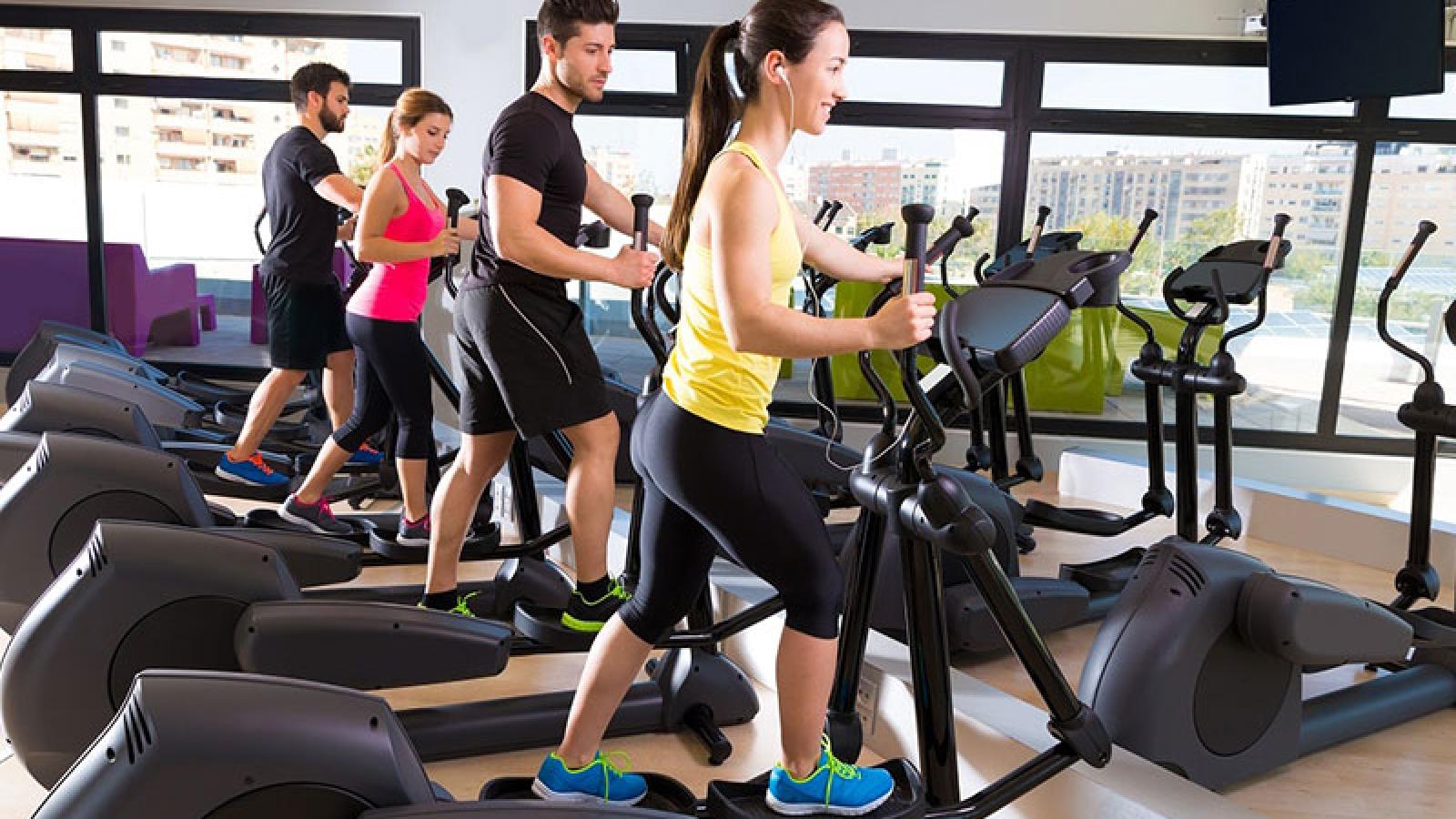Do Slow and Steady Workouts Win the Race?

Is less more? Get the lowdown on low-intensity fitness.
In recent years, high-intensity interval training (HIIT) has been all the rage in the fitness world. Now there's reason to believe that slow and steady cardio is the way to go for weight loss and fat burning. It's also good for your heart.
Known as low-intensity steady state (LISS) training, this method focuses on consistent effort at a lower intensity for longer periods of time. The idea is to keep your heart rate steady, at 60% to 80% of your maximum heart rate, for the entire workout.
You will clearly burn calories with either kind of workout. Yet the science behind LISS shows that if your heart rate goes too high, you're mostly burning glucose (sugar). Slower, lower-capacity workouts are better for burning body fat. They also help improve heart health because they keep your heart working at a higher-than-resting rate for extended periods of time.
Ready to Start?
Typical LISS workouts can last anywhere from 15 minutes for beginners to 90 minutes for more experienced exercisers. Here are some LISS activities to try:
- Using an elliptical machine
- Swimming at a moderate pace
- Taking a dance class
- Going for a hike
- Walking fast
- Rowing indoors or on the water at a steady pace
- Riding a stationary bike or cycling at a moderate pace
Because the workouts tend to be lower impact, almost anyone can do them. So if burpees or power jumps aren't your thing, you (and your knees) can still get an effective and safe, fat-burning cardiovascular workout. Just remember that "low-intensity" and "low-impact" don't mean chilling on the elliptical for an hour. A good rule of thumb is this: If you can easily chat with your workout bestie on the next treadmill, it's time to step up your game.
Copyright 2016-2022 © Baldwin Publishing, Inc. All rights reserved. Health eCooking® is a registered trademark of Baldwin Publishing, Inc. Cook eKitchen™ is a designated trademark of Baldwin Publishing, Inc. Any duplication or distribution of the information contained herein without the express approval of Baldwin Publishing, Inc. is strictly prohibited.
Date Last Reviewed: February 2, 2022
Editorial Review: Andrea Cohen, Editorial Director, Baldwin Publishing, Inc. Contact Editor
Dietary Review: Andrew P. Overman, DPT, MS, COMT, CSCS
Learn more about Baldwin Publishing Inc. editorial policy, privacy policy, ADA compliance and sponsorship policy.
No information provided by Baldwin Publishing, Inc. in any article is a substitute for medical advice or treatment for any medical condition. Baldwin Publishing, Inc. strongly suggests that you use this information in consultation with your doctor or other health professional. Use or viewing of any Baldwin Publishing, Inc. article signifies your understanding and agreement to the disclaimer and acceptance of these terms of use.

